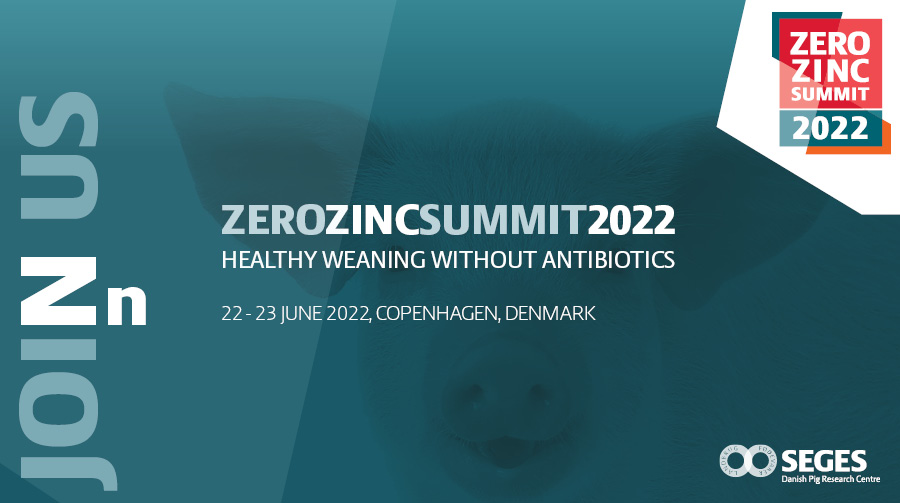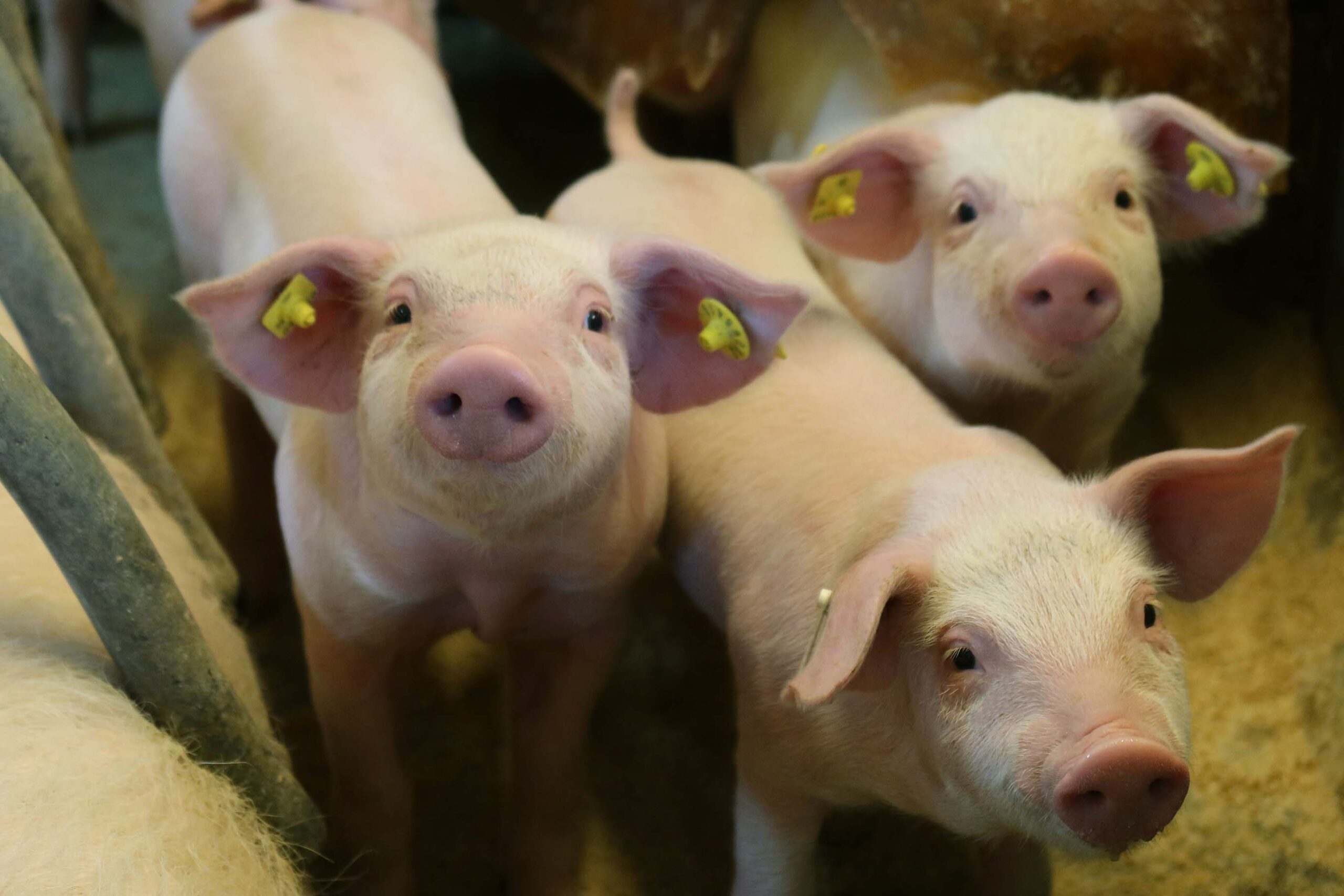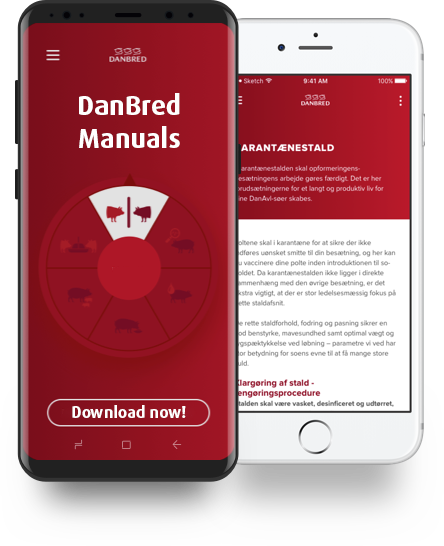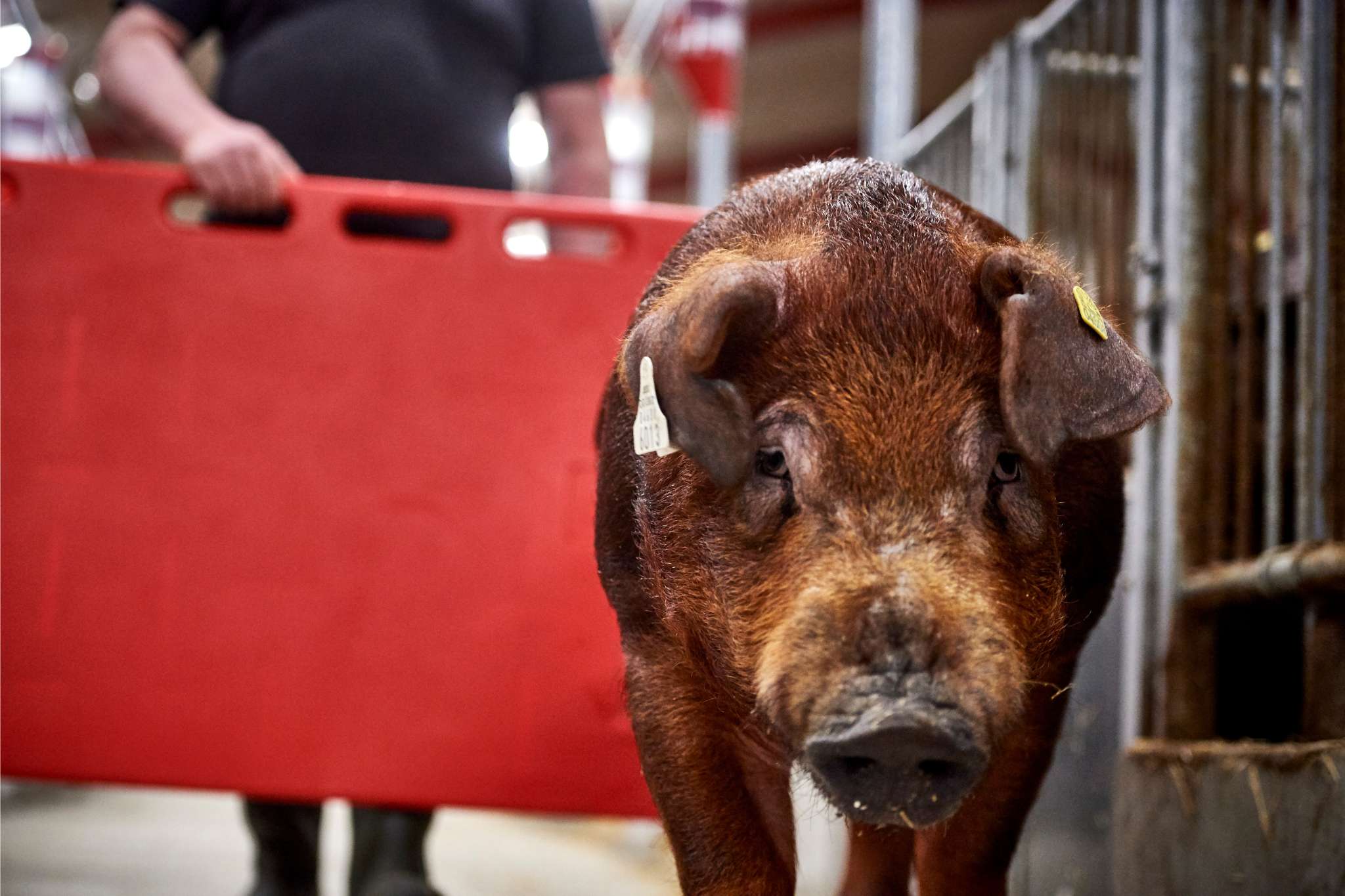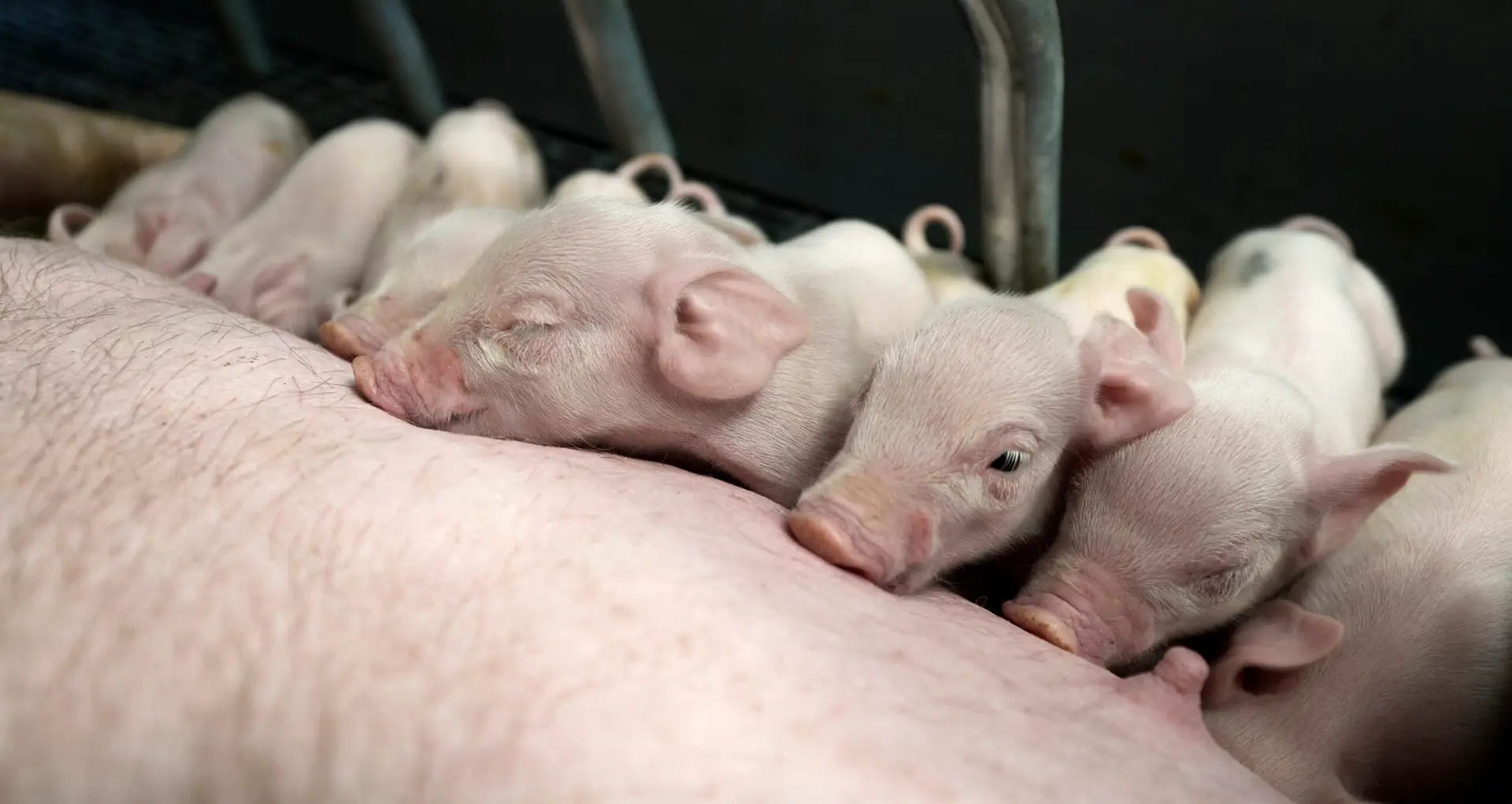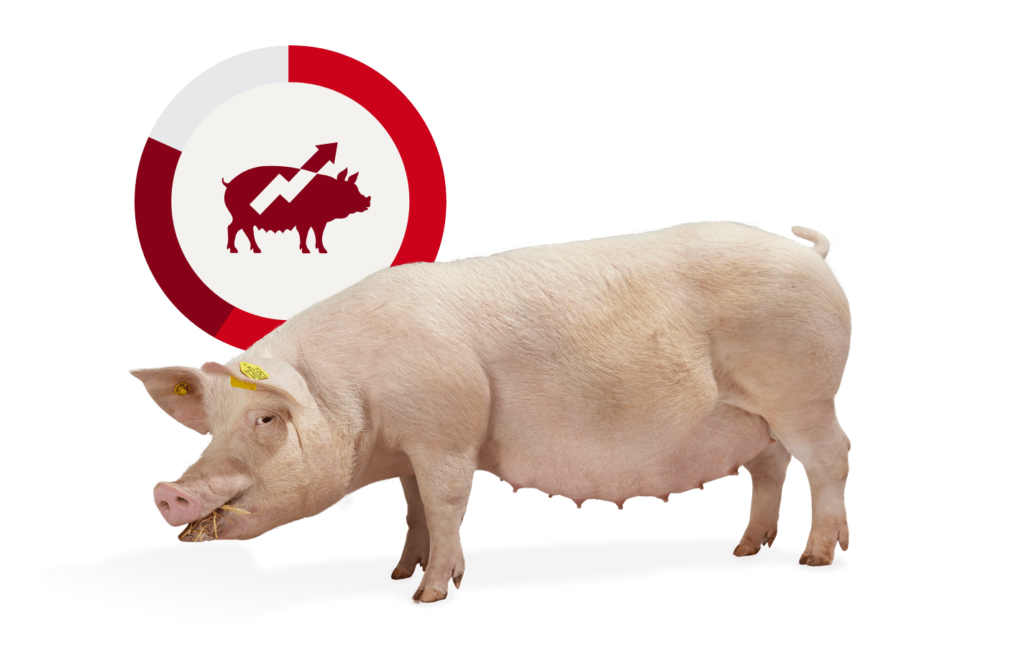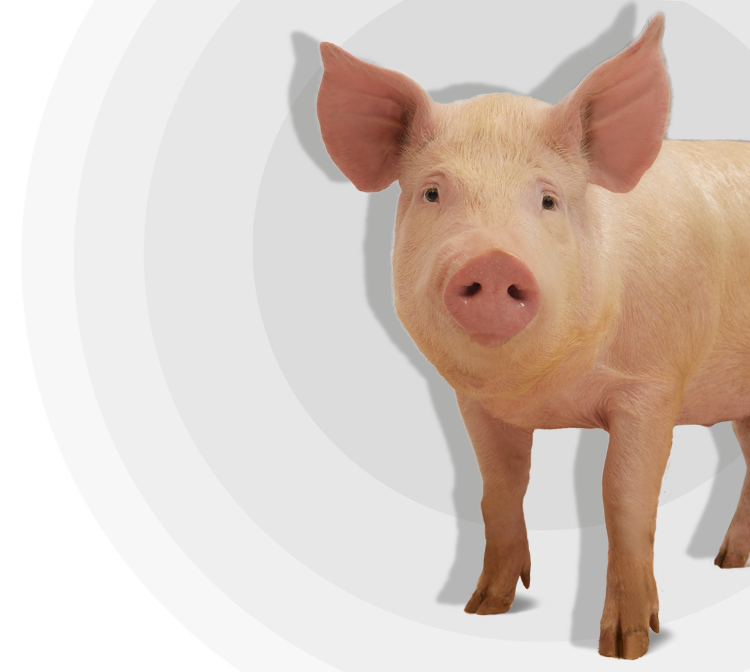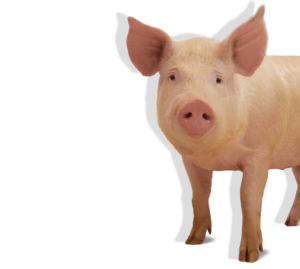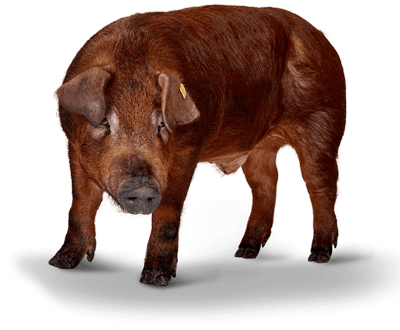From June 26, 2022, the use of medicinal zinc oxide (ZnO) in the feed for piglets - to prevent and control of post-weaning diarrhea - will finally be phased out in the European pig production.
It will be a huge change that all pig producers affected by the new legislation will have to take action on. Because of this, DanBred’s boar testing station Bøgildgård has already adapted and accustomed to the daily work without the use of zinc oxide; now, you can learn from their experiences. They have achieved positive results with increased focus on management and treatment.
Bøgildgård started the work to gradually phase out of medicinal zinc in December 2021. Margit Damborg Gormsen, Manager at Bøgildgård, shares the management practices they have had the most success with…
”Management is definitely one of the keywords, when we talk about phasing out of zinc. We have focused on quick and proper treatment of the pigs – so, if we see a small sign of diarrhea, we treat the pig individually to minimise the use of medicine.”
Margit Damborg Gormsen, Manager at Bøgildgård
Bøgildgård receives the piglets from DanBred’s breeding herds, when the pigs are a minimum of 28 days old and weigh a minimum of 7 kg. Margit Damborg Gormsen is confident that this has a positive effect on phasing out the use of zinc.
”We have experienced that it has a huge impact on the pigs’ performance through weaning without zinc that they are minimum 28 days old and weigh minimum 7 kg. When the piglets are bigger and more robust, they have a better chance to thrive and avoid diarrhea.
Margit Damborg Gormsen, Manager at Bøgildgård
Focus on feeding approach works
At Bøgildgård, the piglets are given wet feed (creep feed mix with milk replacer) 4-5 times per day for the first two weeks after weaning. This causes the pigs to get up often, which allows the staff to check the pigs many times during the day. This is really important in order to ensure correct and timely treatment. If any pigs need treatment or special care, especially for diarrhea, it can be done the right way. According to Margit Damborg Gormsen the feeding approach has also had another positive effect:
”Based on our experiences, we are confident that the more feed we can get them to consume from the beginning, the easier they go through the weaning, and, of course, the less problems they have with diarrhea. It’s very important that we make them get up and eat the feed. We have also experienced that the daily gain in the weaner unit has increased because of the increased feed intake, and that’s very positive.”
Margit Damborg Gormsen, Manager at Bøgildgård
Are DanBred pigs better prepared for a world without medicinal zinc?
Previous research has shown that the DanBred crossbreeding programme has resulted in an increased ability to resist diseases in the pigs. When we cross purebred breeds, heterosis occurs, which results in more naturally disease resistant DanBred production pigs (D(LY) crossbreds). Heterosis has a very positive impact on the pig’s robustness and health, which contributes to a lower frequency of diseases. The research clearly demonstrates that the treatment frequency for the DanBred D(LY) crossbreds was significantly lower in relation to diarrhea, encephalitis, and pulmonary disease, compared to purebreds.
The future without medicinal zinc oxide looks very positive for the DanBred pig producers, who can use ideas and inspiration from Bøgildgård’s good experiences without medicinal zinc.
In connection with the ban on the use of medicinal zinc, the Zero Zinc Summit 2022 will be held in Copenhagen from 22-23 June 2022. Click here for more information.